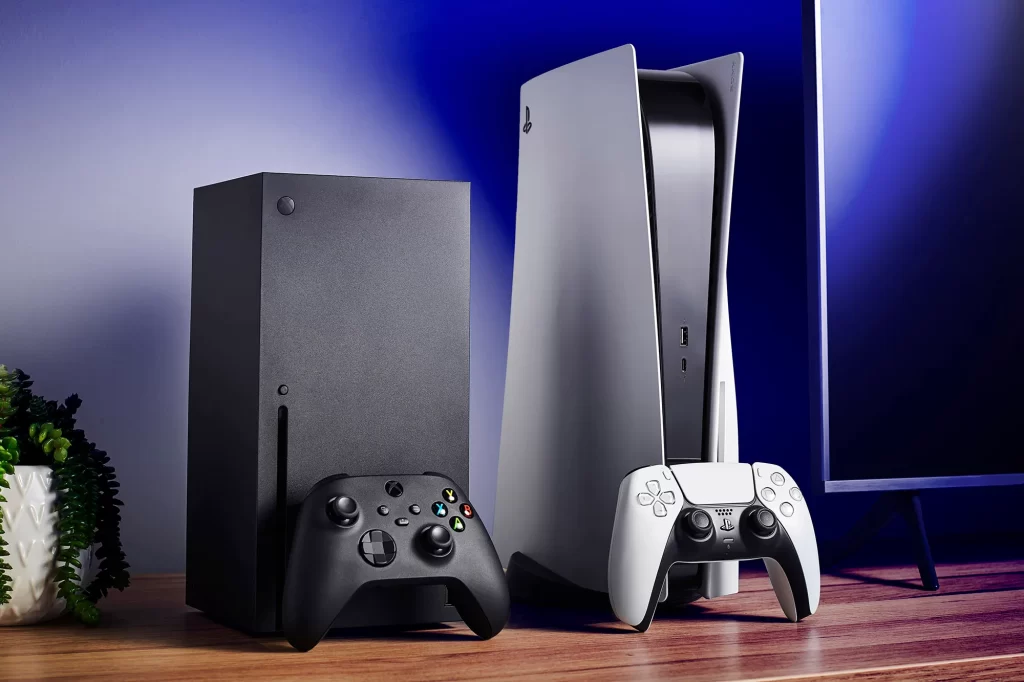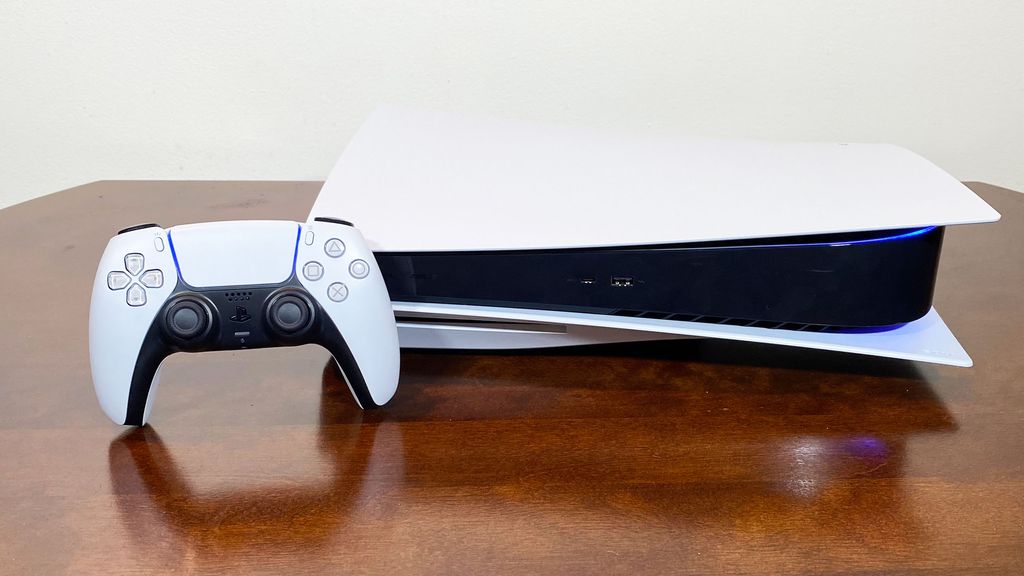Next-Gen Gaming Consoles Bring Interactive Entertainment

The world of video games is in a state of perpetual evolution, and at its heart are the next-gen gaming consoles. More than just an incremental upgrade, these machines represent a quantum leap in technology, design, and the very concept of interactive entertainment. The consoles of this new era are not simply boxes under a TV; they are powerful, interconnected hubs that are fundamentally reshaping how we play, connect, and immerse ourselves in digital worlds. This article will take a deep dive into the core components that define this new generation, exploring the pivotal role of advanced hardware, the integration of artificial intelligence, the rise of cloud gaming, and the profound impact these changes will have on game development, the player experience, and the future of entertainment.
The Hardware Revolution

The most immediate and obvious change with next-gen consoles is the raw power they bring to the living room. This power isn’t just about faster load times; it’s about enabling a new level of realism, immersion, and creative freedom for developers.
A. The Solid-State Drive (SSD)
The shift from a traditional hard disk drive (HDD) to a solid-state drive (SSD) is arguably the single most important innovation in this generation. While a traditional HDD is a mechanical device that relies on a spinning platter, an SSD stores data on interconnected flash memory chips. The result is a dramatic increase in speed.
- Eliminating Loading Screens: Long loading screens are a thing of the past. The immense speed of the SSD allows a game to load a massive, open world almost instantly, creating a more seamless and uninterrupted player experience.
- Enabling New Game Design: Developers are no longer constrained by the need to design levels around the limitations of a slow hard drive. They can create larger, more detailed, and more complex worlds that stream in real-time without the need for clever tricks to hide loading.
- Faster System Operations: The SSD doesn’t just benefit games; it also makes the entire console operating system faster and more responsive, from booting up the console to navigating menus.
B. The Power of Ray Tracing
Ray tracing is a rendering technique that simulates the physical behavior of light. This is a massive leap from the traditional, and less realistic, lighting models of the past. The dedicated hardware in next-gen consoles allows for real-time ray tracing, enabling a level of visual fidelity that was once confined to Hollywood CGI.
- Realistic Lighting and Shadows: Games can now feature incredibly realistic lighting, with light bouncing off surfaces and creating natural shadows and reflections. This makes for a more immersive and believable world.
- Dynamic Environments: A single light source in a game can now dynamically alter the entire environment, with light and shadow realistically interacting with every object in the scene.
- Enhanced Immersion: The combination of an SSD and ray tracing creates a world that not only looks more real but also feels more alive and responsive to the player’s actions.
C. The Next-Gen Controller
The controller is a player’s direct link to the game world, and this generation has seen a major leap in haptic feedback and adaptive triggers.
- Haptic Feedback: The new controllers use sophisticated motors and actuators to provide a wide range of vibrations and sensations. A player can feel the rumble of a car engine, the thud of a punch, or the subtle crunch of footsteps in gravel, creating a new layer of tactile feedback.
- Adaptive Triggers: The resistance of the triggers can be dynamically adjusted by the game. A player can feel the tension of a bowstring, the recoil of a shotgun, or the pressure of a car brake, providing a new level of physical connection to the game world.
The New Gaming Ecosystem
The next-gen consoles are not just isolated devices; they are part of a larger, interconnected ecosystem that is changing the business model and the player experience.
A. The Cloud Gaming Revolution
The consoles of this generation are also powerful cloud gaming machines. They are designed to seamlessly stream games from the cloud, eliminating the need for a physical copy and allowing players to access a massive library of games on-demand. This is a game-changer for those who want to try a new game without a major financial commitment. It also provides a new level of accessibility for casual players who don’t want to invest in expensive hardware.
B. The Power of Subscriptions
The business model for gaming is shifting from a one-time purchase to a subscription-based model. Services like Xbox Game Pass and PlayStation Plus are a core part of the next-gen experience, providing players with access to a massive and ever-growing library of games for a single monthly fee. This model encourages players to try new games and provides a stable and predictable revenue stream for developers.
C. Backward Compatibility and the Digital Library
Backward compatibility has become a core feature of this generation. Players can bring their old libraries of games with them to a new console, eliminating the friction and cost of an upgrade. The focus is on building a digital library of games that a player can access across multiple devices, from their console to their PC to their smartphone.
The Impact on Game Development and Players

The next-gen consoles are not just changing the hardware; they are changing how games are made and how we play them.
A. The Future of Game Development
The power of these new consoles has freed developers from the technical constraints of the past. They can now focus on creating more detailed worlds, more complex narratives, and more immersive experiences. The use of advanced rendering techniques and new development tools is allowing a small team of developers to create a game that looks and feels like a massive, triple-A title.
B. The Player as a Participant
The new controllers, with their haptic feedback and adaptive triggers, are a perfect example of how the next-gen consoles are making the player a more active and engaged participant in the game world. The line between the player and the game is blurring, creating a more physical and emotional connection to the experience. The games of this generation are not just something we watch; they are something we feel.
C. The Social Experience
The next-gen consoles are more social than ever. They are designed for cross-platform play, allowing a player to connect with their friends no matter what console or device they are playing on. The integration of social features and the ability to stream games and content directly from the console are creating a new level of community and shared experience.
Conclusion
The next-gen gaming consoles are not just an evolution of hardware; they are a revolution in entertainment. The shift to a solid-state drive is eliminating the friction of long loading screens and enabling a new level of creative freedom for developers. The power of ray tracing is creating a world that is more realistic and immersive than ever before. The new controllers, with their haptic feedback and adaptive triggers, are making the player a more active and engaged participant in the game world, blurring the line between the player and the game.
However, the true significance of these consoles lies in their role as a central hub in a new gaming ecosystem. The rise of cloud gaming and a subscription-based business model is making gaming more accessible, affordable, and inclusive than ever before. The new consoles are a testament to a future where entertainment is not just about a single box under a TV but about a seamless, interconnected network of experiences that can be accessed anywhere, anytime. The future of gaming is here, and it is a powerful, immersive, and social experience that is just getting started.









